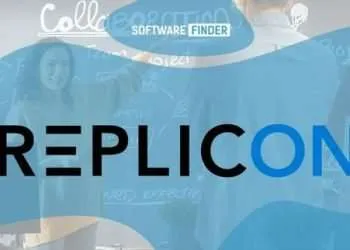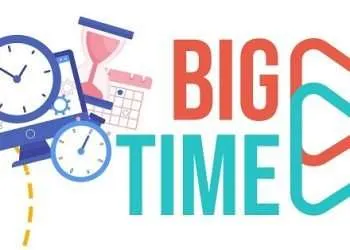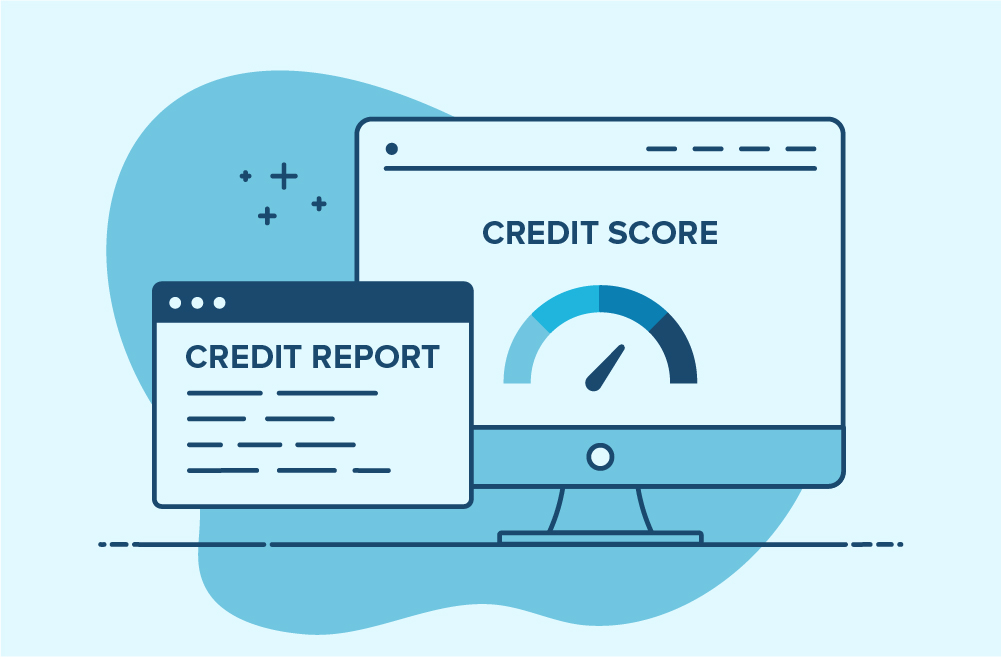The final stage of a project is the closure and this is the phase where the project manager verifies that the client, customer, stakeholders have accepted the project deliverables. If the project is still ongoing then this is the stage where the maintenance is set up. The project manager reviews the entire process before closing it and evaluating the performance of all the functions. Jira project management is responsible for handling the observations, feedback, and complete documentation for the project. They provide evaluation for all future updates related to the project.
This step is important and it includes more than just the management signing off on the documentation. They will be fulfilling the contracts with vendors and releasing the employees so they can take on new projects. This is the part where all the initial objectives and targets are analyzed and the team makes sure there are no risks, existing issues, or pending complaints.
Project Closing Steps
The final phase of any project is the closing and it is the last step of the project life cycle. Like all other aspects follows several processes. There are five steps a company should take to make sure they have accounted for everything. They should complete the experience by following all the standard protocols of the Jira demo.
Analyze Feedback
Managing the project does not only require employees to complete tasks and allocate resources. They have to constantly learn, adapt and react to the changing situation. The project lifecycle is a learning process and the closing is a great time for teams to look back without any pressure or deadlines making them lose focus.
The entire core team can be invited to give feedback on which processes worked and which didn’t. They are encouraged to be honest and document all failures and successes of a project in Jira software. The team will be building a catalog that maps out all the historic milestones with the accompanying data. Everyone can look back and refer to it when they are planning similar projects in the future.
Projects never operate alone and are part of a dynamic environment where the specifics vary. The general methods are usually the same and the company acquires a lot of knowledge once the project is over.
Complete Documentation
Projects involve a lot of documentation and these have to be approved by the stakeholder. They are required to go over everything in detail and sign off on all processes as part of the legal proof. This proves that the documents each document has reached a conclusion and the contracts with internal partners or vendors have been closed. Everything related to the resources needs to be completely accounted for in the closing.
project management software helps address any issues related to outstanding payments and makes sure all invoices, fees, commissions, and bonuses have been paid. It compiles all the project costs along with the payment details. It is also the central hub for all documentation because that is where all project-related files are maintained.
Users can track them using the list view and do more than just create to-do lists with the latest software versions. They can track the project status and percentage of tasks completed along with each item. It also provides them with information regarding the payment and who can sign off on the contract. It is also possible to set up notifications to remind users to make payments on time.
Free Up Resources
The team assembled for the project has to be released at the end of the project. They follow a formal process while freeing them up for their next commitment. Each team comprises several skilled professionals and combined with their experience it contributes to the project. The team is selected based on the requirements of a project and each one is different from the last one.
External resources are the ones hired on a contractual basis for the specified duration of the project. After it has been completed and closed, the payment has to be made so the employees can leave or vendors can collect their rentals. However, internal resources remain within the company and they are reallocated once they are free of their duties. Time with them is also limited since they are usually booked for the next project in advance using Jira project management software.
Archive Files
Previous projects hold valuable lessons for the project team which is why it is important to conduct regular meetings during the project to look back at them. However, if there is no proper archival process then whatever knowledge is gained during the lifecycle will be lost due to poor management. The hard work should be documented using Jira software so it can serve as a guide at a later stage.
Before closing the project all documents, notes, and data that might be useful should be archived. Even if it is never accessed, there should be a paper trail of all the work that went into the project for auditing purposes. This can also be a legal or HR requirement in certain companies and it will be required if the company plans to merge or sell its assets. Having evidence to support all claims can help solve issues in the future therefore it is always smart to have foresight.
Applaud Success
It might seem like stating the obvious but teams often forget to celebrate their achievements or reward themselves for a job well done. It is important to acknowledge all the hard work that went into the project during closure. Not only does it fulfill the goals and targets but also serves as an example for future ventures.
The Role of Jira Project Management Software
Teams might be in a hurry to close the project and often overlook certain steps or leave documents unsigned. They need a checklist or template to help them make sure everything is in order. The Jira project management software can help avoid mistakes and prompt teams to have necessary discussions. They have built-in documentation that lists everything in detail and does not miss out on smaller items either.
















